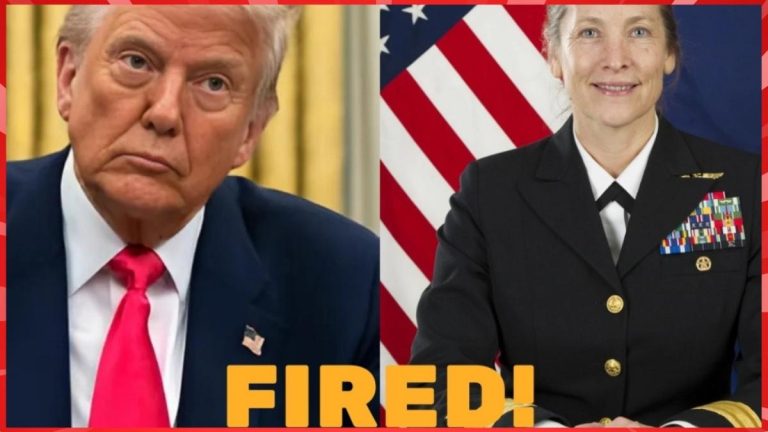A major shake-up has rocked the U.S. military, as former President Donald Trump has reportedly orchestrated the abrupt removal of Admiral Linda Chatfield, sending shockwaves through the defense establishment. While no official reason has been confirmed, insiders suggest the move is part of a broader push by Trump allies to reshape the military’s top leadership — a purge that’s stirring serious concerns about political interference within the armed forces.
Crackdown On Senior Officers Signals Deeper Power Struggle
Admiral Chatfield’s firing appears to be just the tip of the iceberg. Multiple senior officers are reportedly on edge, with whispers of a larger campaign to remove or sideline those perceived as disloyal or too independent. The trend is raising alarms among defense analysts, who warn that these targeted removals may be less about readiness and more about consolidating power ahead of the 2024 election.
A Growing Divide Between Civilian Leaders And Military Brass
As tensions rise, the growing divide between civilian political figures and military leaders is becoming increasingly apparent. Experts note that morale is dipping among top brass, with some expressing fears of being targeted next. The abrupt firings could have long-term consequences on military strategy, cohesion, and trust between command structures and those who oversee them.
Political Overtones Shadow The Chain Of Command
Critics argue that the recent moves have a clear political tone, pointing out that many of the officers being scrutinized have either disagreed with Trump-era policies or pushed back against politicized defense strategies. With the former president eyeing a return to power, some believe these purges are laying the groundwork for a more loyal and compliant military leadership under a possible second Trump administration.
What This Means for the Future of the U.S. Armed Forces
The firing of Admiral Chatfield and the rumored ongoing crackdown have sparked intense debate across Washington and within the military community. Will this lead to a more politically influenced chain of command? Could operational decisions start bending to partisan interests? As the dust settles, one thing is clear — this is not just a personnel issue, it’s a potential turning point for the future of civilian-military relations in America.

